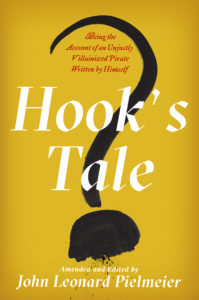Lauren Auerbach’s ‘Keeta Kangaroo’ teaches kindness in rhyme
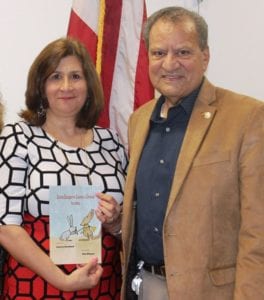
Reviewed by Melissa Arnold
For nearly 10 years, Lauren Auerbach of Port Jefferson has been hard at work as a legislative aide for Suffolk County Legislator Tom Muratore (R-Ronkonkoma). She’s always dreamed of writing her own children’s book; however, and after two decades of nurturing the idea, she’s proud to share her first story with the world. “Keeta Kangaroo Learns a Lesson (or Two)” follows young Keeta, who has just learned how to rhyme, as she shows off her new skill with the animals in her neighborhood. But Keeta quickly discovers that using the wrong words can be hurtful to others.
Auerbach’s book is a sweet and funny tale of making mistakes, saying you’re sorry and learning to be kind.
Tell me a bit about your background. Have you always been a writer?
I went about my education the nontraditional way. I had an associate’s degree from Suffolk County Community College, then married young and had children. I went back to school later to get my bachelor’s degree in business administration and marketing from the New York Institute of Technology. I always had an interest in advertising. I was a stay-at-home mom for the better part of 20 years, until my children were grown and went off to college. Since 2010, I’ve been working in marketing for Legislator Tom Muratore, planning his events and writing press releases.
How did this book come about?
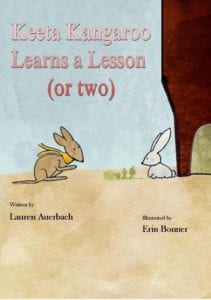 I’ve always had a dream of having a book published, and writing was always my strong point in my school years. Believe it or not, I actually wrote “Keeta Kangaroo” about 25 years ago. When I was a stay-at-home mom, I did take a few noncredit courses in children’s literature writing. That was always interesting to me. I learned some really valuable information not only about writing, but how to submit a story for publication.
I’ve always had a dream of having a book published, and writing was always my strong point in my school years. Believe it or not, I actually wrote “Keeta Kangaroo” about 25 years ago. When I was a stay-at-home mom, I did take a few noncredit courses in children’s literature writing. That was always interesting to me. I learned some really valuable information not only about writing, but how to submit a story for publication.
At that time, it was common to print out hard copies and send them to publishers with cover letters, so that was what I did. I got some lovely rejection letters, and as life got busy I tucked the book away. A little over a year ago, I was cleaning out some old files and found a copy of the book, which sparked my interest again. Since we’re in the age of self-publishing now, I figured I would give it another shot.
Who is the illustrator for the book? How did you connect?
Erin Bonner is my adult niece and an amazing illustrator. She has a background in photography and teaches art at a local library. I told her about the book and she loved the idea of doing the illustrations.
What drew you to children’s literature as opposed to other kinds of writing?
To be honest, I would love to write the Great American Novel, but I know that involves a lot of research and time — you have to have the resolve for it, and I’ve never been in a place in my life where I’ve had the time to devote to a project of that size. Beyond that, I’ve just always loved children, and I felt drawn to writing a children’s book. We’ll see what the future holds after my retirement.
Was there any particular reason you chose to make the main character a kangaroo?
The name Keeta Kangaroo rolled off my tongue, and it was a simple decision after that. I wanted to choose animals for the book that kids would find interesting, and I think kangaroos are one of them.
What is the target age for this book?
Ideally, it would be best for children ages 4 to 7. We all know that there’s a lot of negativity out there. In this internet age, it’s all too easy for kids to learn to be unkind and treat one another poorly. It’s important to show them that using kind words goes a long way. Sometimes people can be mean without even realizing it, and we have to think hard about what we say before we say it. All of those messages are wrapped up in a sweet story.
What has the experience been like for you now that the book is published?
It’s pretty awesome. It’s one thing to have an idea and a vision in your head, but to hold the tangible evidence of that and see your name on it is an incredible feeling. I may never get rich because of this book, but the sense of accomplishment goes so much deeper than any monetary gain could.
I haven’t had as much time to market the book as I would like, but I have been going around to some of the local elementary schools and reading in classrooms. The feedback I’m getting from the children is very positive because the overall message is about kindness. They really seem to be responding to its message, and in this age of anti-bullying efforts the timing really couldn’t be better. It’s been a lot of fun to share with people, and accomplishing a goal I dreamed up a long time ago.
“Keeta Kangaroo Learns a Lesson (or Two)” is available in paperback and digital formats at Amazon.com. To order a copy from the author directly or to schedule a classroom or library reading, send an email to [email protected].

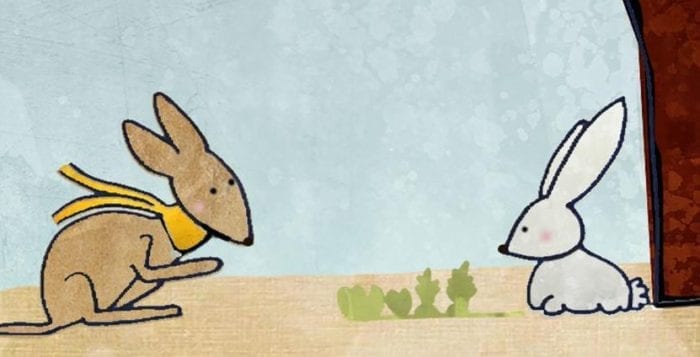
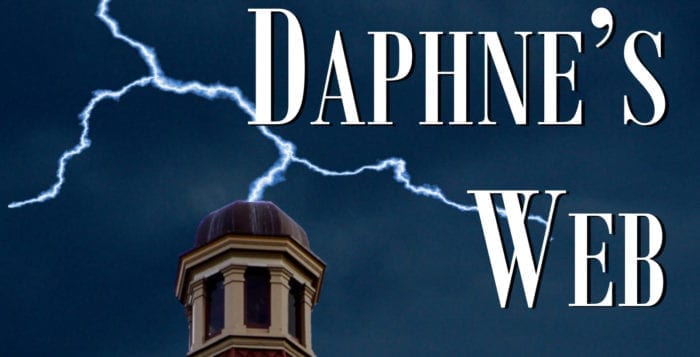
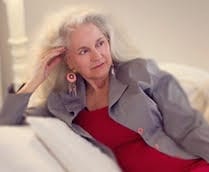
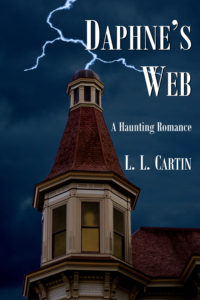 What prompted you to want to write it?
What prompted you to want to write it?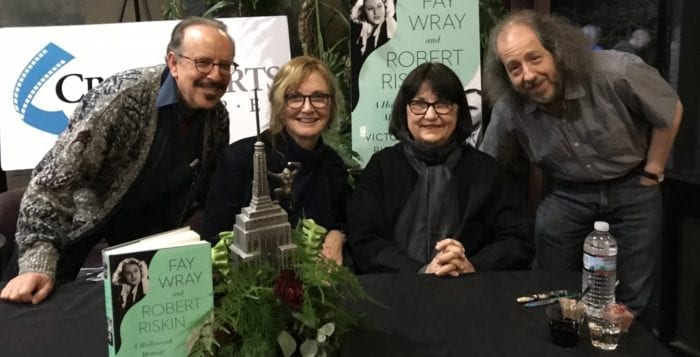
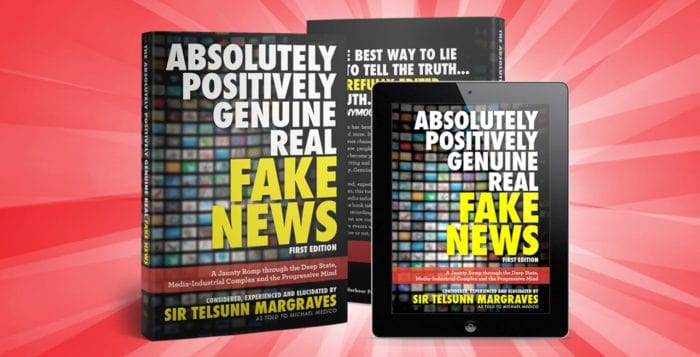
 It seems appropriate, then, that Medico’s latest book is a satirical take on today’s media and politics. The book, “Absolutely Positively Real Fake News: A Jaunty Romp Through the Deep State, Media Industrial Complex and the Progressive Mind,” is a series of fictitious news articles based on real people or events, with an outlandish twist.
It seems appropriate, then, that Medico’s latest book is a satirical take on today’s media and politics. The book, “Absolutely Positively Real Fake News: A Jaunty Romp Through the Deep State, Media Industrial Complex and the Progressive Mind,” is a series of fictitious news articles based on real people or events, with an outlandish twist.

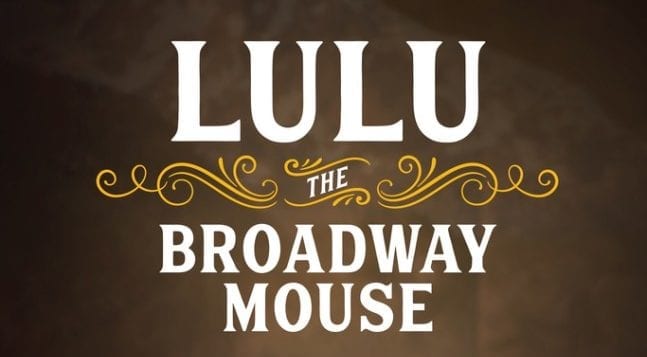

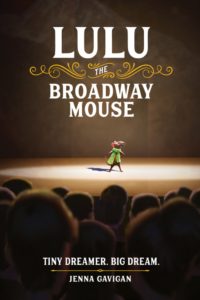 Lulu’s world is populated with a winning variety of characters including the stage manager, the child wrangler, the dance captain, backstage staff, actors and, of course, the show’s star, the regal-yet-kind Stella James. “What’s important is to remember that it takes a team, a village, a family to put on a Broadway show and take care of the theatre.” Here is the bustle of theater life, the demands of rehearsals and the excitement of performance. And we are appropriately reminded that it is not just the performers but everyone from box office to backstage who make the magic.
Lulu’s world is populated with a winning variety of characters including the stage manager, the child wrangler, the dance captain, backstage staff, actors and, of course, the show’s star, the regal-yet-kind Stella James. “What’s important is to remember that it takes a team, a village, a family to put on a Broadway show and take care of the theatre.” Here is the bustle of theater life, the demands of rehearsals and the excitement of performance. And we are appropriately reminded that it is not just the performers but everyone from box office to backstage who make the magic.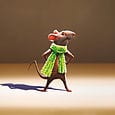 Recommended for middle school readers,
Recommended for middle school readers, 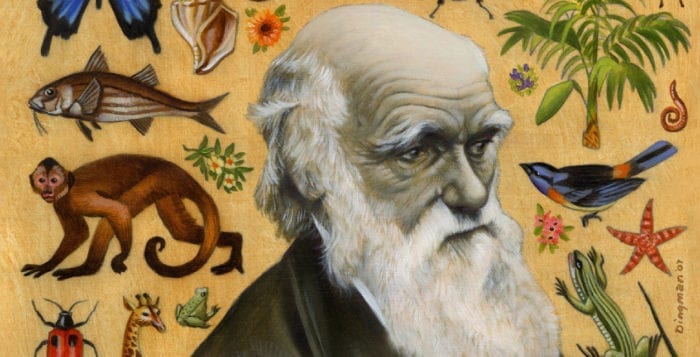

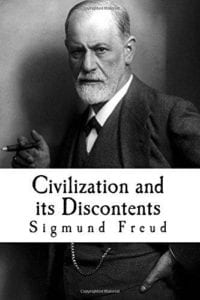 Freud introduces the source of the tensions between creativity and destructiveness. He assigns it to the id/superego conflict. I would use instead our capacity for love, empathy and sympathy versus our capacity for hate, bigotry and violence. Freud calls the process sublimation. He began writing this book in 1929 and published it two years later. He predicted that the rise of Nazism was imminent and would lead to massive death because humanity does not know how to sublimate its discontents into the path of the joys of civilization — its arts, humanity, play and immense scholarship.
Freud introduces the source of the tensions between creativity and destructiveness. He assigns it to the id/superego conflict. I would use instead our capacity for love, empathy and sympathy versus our capacity for hate, bigotry and violence. Freud calls the process sublimation. He began writing this book in 1929 and published it two years later. He predicted that the rise of Nazism was imminent and would lead to massive death because humanity does not know how to sublimate its discontents into the path of the joys of civilization — its arts, humanity, play and immense scholarship. 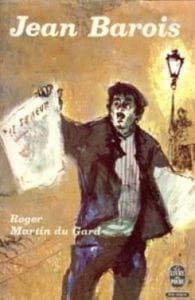 This is my favorite novel. It is the story of a young French boy raised by a devout Catholic family who thinks he will become a priest. He discovers instead that the more he learns the more doubts arise not only about his calling but his faith. He teaches biology and is fired for teaching evolution. His wife and daughter separate from him. He throws himself into the Freethinkers movement in France and gets involved in the Dreyfus case. He discovers that reason alone cannot sustain his life but returning to his faith is equally inadequate.
This is my favorite novel. It is the story of a young French boy raised by a devout Catholic family who thinks he will become a priest. He discovers instead that the more he learns the more doubts arise not only about his calling but his faith. He teaches biology and is fired for teaching evolution. His wife and daughter separate from him. He throws himself into the Freethinkers movement in France and gets involved in the Dreyfus case. He discovers that reason alone cannot sustain his life but returning to his faith is equally inadequate. 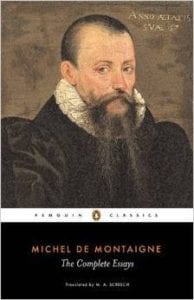 Montaigne’s essays describe his life and the times in which he lived in the context of a rich appreciation of classical literature. He tries to make sense of a world that is pretentious, at war with itself and filled with irony, contradictions and lessons we can extract from the past. Read a 20th-century translation of these essays rather than the 16th-century English translation. Start with his essay on friendship and his essay: “How by various means we all end at the same place.”
Montaigne’s essays describe his life and the times in which he lived in the context of a rich appreciation of classical literature. He tries to make sense of a world that is pretentious, at war with itself and filled with irony, contradictions and lessons we can extract from the past. Read a 20th-century translation of these essays rather than the 16th-century English translation. Start with his essay on friendship and his essay: “How by various means we all end at the same place.”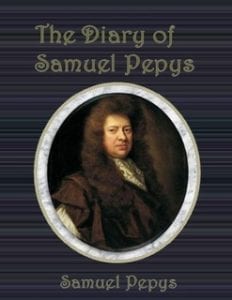 I loved reading Pepys’s diaries and was thrilled that he was an eyewitness to the bubonic plague that swept through England in 1665 and the London fire that destroyed most of the city in 1666. Pepys is an imperfect person — not immune to accepting sacks of gold for awarding contracts for the British Navy, flirting with other women but loving his wife and learning to avoid threats to his career from others drawn to the politics of the time.
I loved reading Pepys’s diaries and was thrilled that he was an eyewitness to the bubonic plague that swept through England in 1665 and the London fire that destroyed most of the city in 1666. Pepys is an imperfect person — not immune to accepting sacks of gold for awarding contracts for the British Navy, flirting with other women but loving his wife and learning to avoid threats to his career from others drawn to the politics of the time.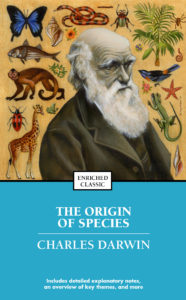 Darwin is an excellent observer and narrator. He wrote this book as an abstract of a huge multivolume plan for presenting his theory of evolution of species by natural selection. He is careful to distinguish evidence from theory and uses the facts to derive his interpretations of how evolution works. Darwin did not start with a theory and then seek facts to support it. He went with no idea about evolution and instead allowed the hundreds of observations and findings guide him to the only interpretation that made sense of the relations he found whether it was the work of hobbyists and breeders creating new varieties of plants and animals, the geographic distribution of plants and animals he encountered in his trip around the world, or the fossils he encountered.
Darwin is an excellent observer and narrator. He wrote this book as an abstract of a huge multivolume plan for presenting his theory of evolution of species by natural selection. He is careful to distinguish evidence from theory and uses the facts to derive his interpretations of how evolution works. Darwin did not start with a theory and then seek facts to support it. He went with no idea about evolution and instead allowed the hundreds of observations and findings guide him to the only interpretation that made sense of the relations he found whether it was the work of hobbyists and breeders creating new varieties of plants and animals, the geographic distribution of plants and animals he encountered in his trip around the world, or the fossils he encountered. 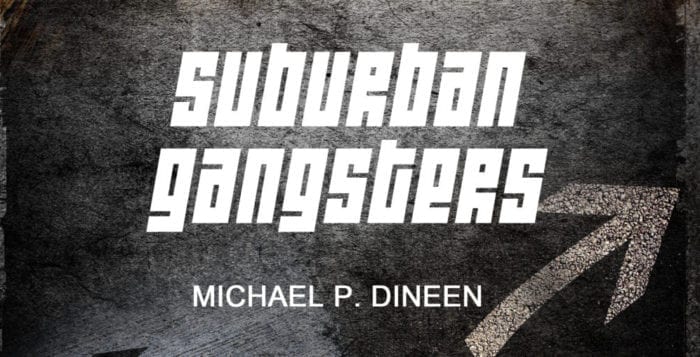
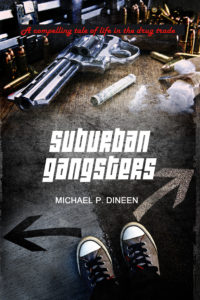
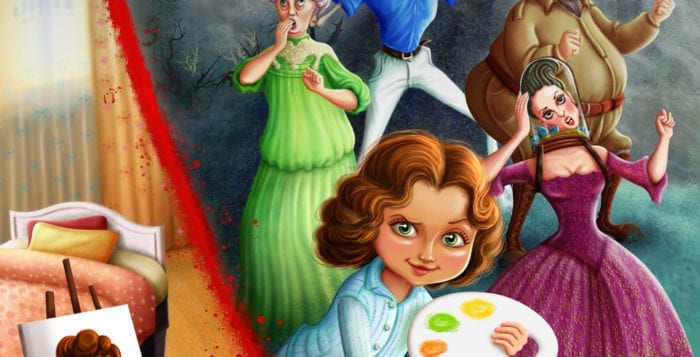
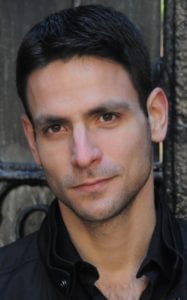
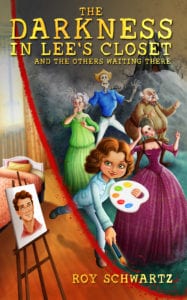 This story is about a 10-year-old girl who loses her father to a heart attack. She learns that at night, she can travel to the afterlife, so she decides to try to bring him back. But traveling to the afterlife can be very scary and even dangerous. Along the way, she encounters people in the afterlife from a variety of different backgrounds and points in history that support her. I don’t have a dramatic personal story that inspired the book. If you look at a lot of children’s literature, the main character is either alone or has lost one parent, and that sets them off on an adventure.
This story is about a 10-year-old girl who loses her father to a heart attack. She learns that at night, she can travel to the afterlife, so she decides to try to bring him back. But traveling to the afterlife can be very scary and even dangerous. Along the way, she encounters people in the afterlife from a variety of different backgrounds and points in history that support her. I don’t have a dramatic personal story that inspired the book. If you look at a lot of children’s literature, the main character is either alone or has lost one parent, and that sets them off on an adventure.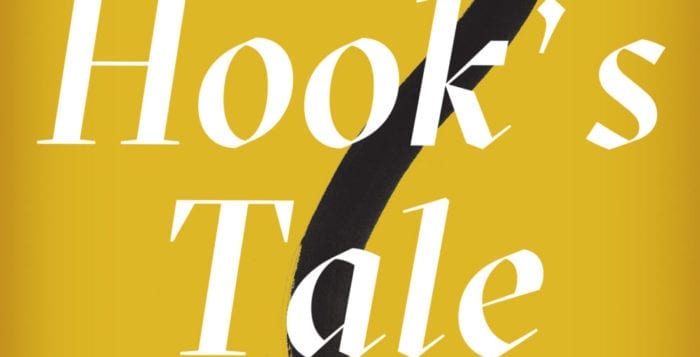
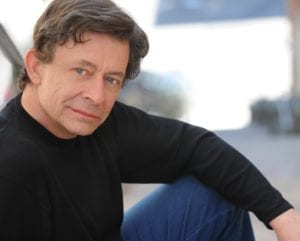 Taking a famous story and its characters and presenting them from a different perspective is a delicate and difficult task. More often than not, these attempts miss the mark. The exceptions (Gregory Maguire’s “Wicked,” Tom Mula’s “Jacob Marley’s Christmas Carol”) are few. We can joyously welcome to this short list John Leonard Pielmeier’s remarkably entertaining “Hook’s Tale: Being the Account of an Unjustly Villainized Pirate Written by Himself.”
Taking a famous story and its characters and presenting them from a different perspective is a delicate and difficult task. More often than not, these attempts miss the mark. The exceptions (Gregory Maguire’s “Wicked,” Tom Mula’s “Jacob Marley’s Christmas Carol”) are few. We can joyously welcome to this short list John Leonard Pielmeier’s remarkably entertaining “Hook’s Tale: Being the Account of an Unjustly Villainized Pirate Written by Himself.”